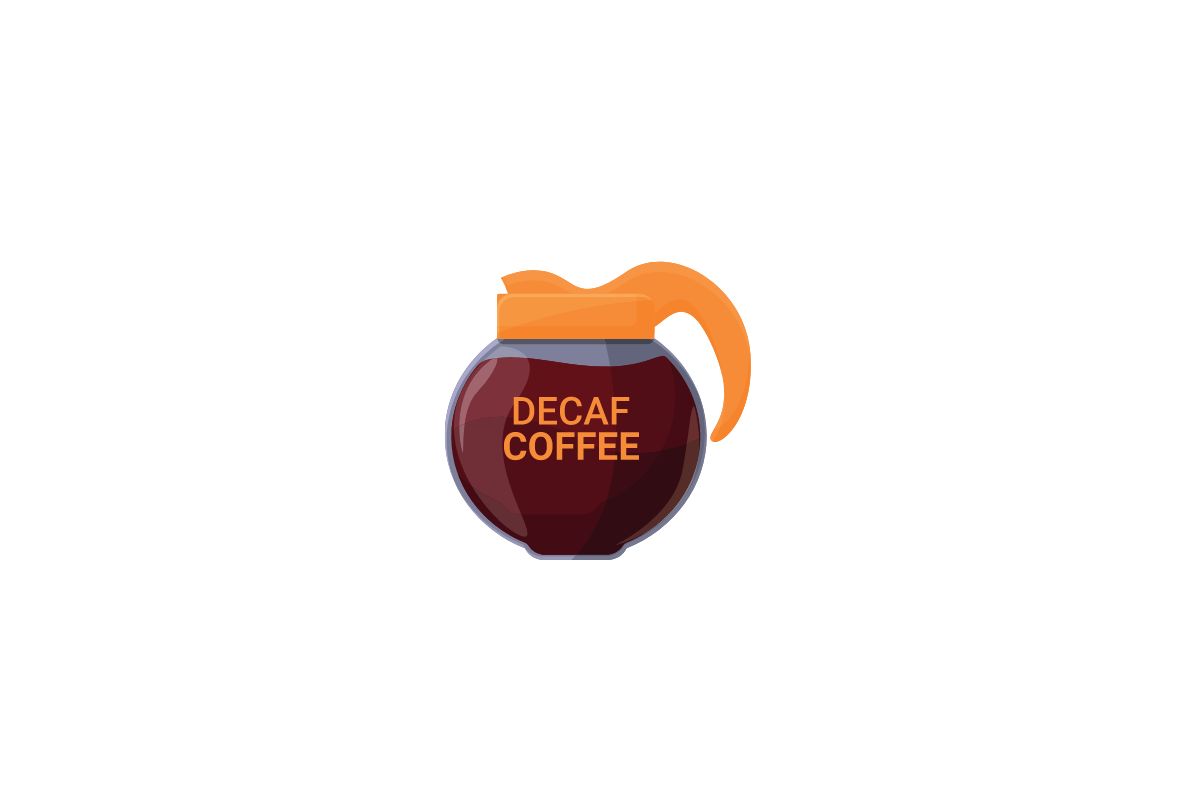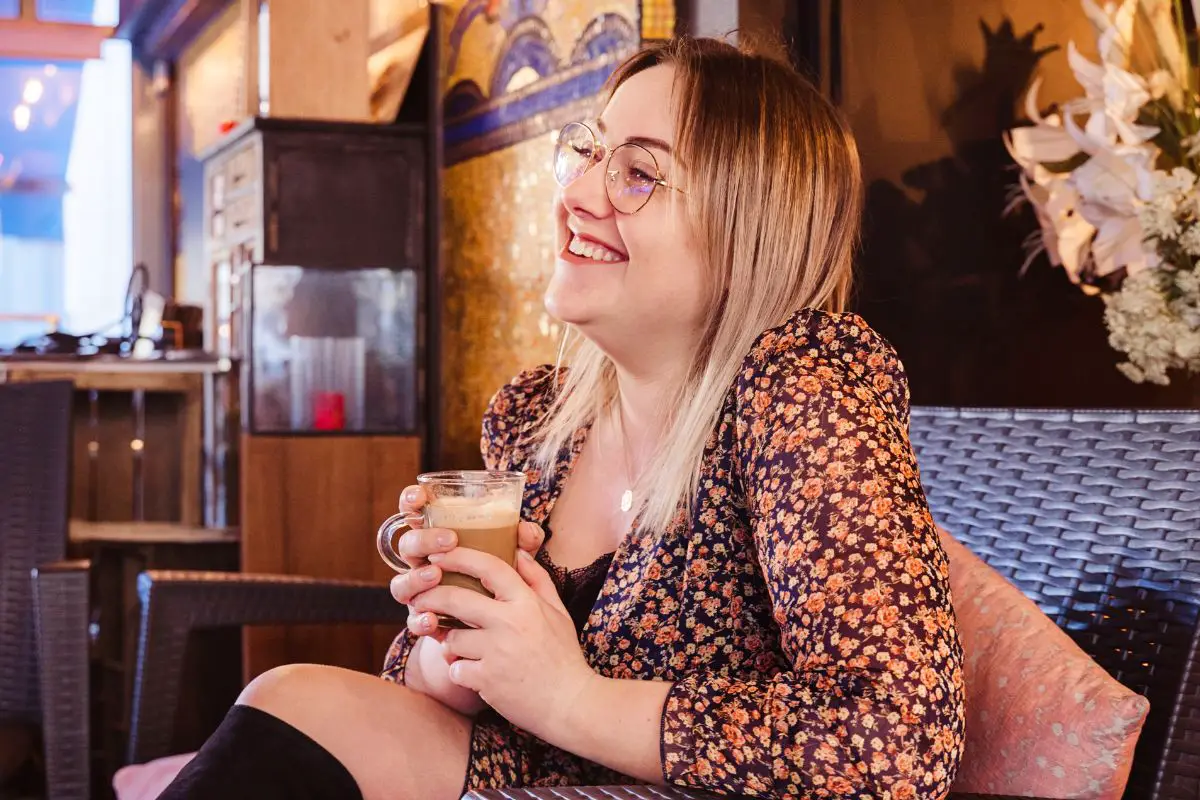Coffee is a popular beverage all over the world. According to coffee experts, over 2 billion cups of it are taken every day.
People enjoy drinking coffee for its caffeine content. It is the best way to increase your alertness whenever you feel a bit slow.
That’s why we drink coffee immediately after we wake up to overcome our grogginess or in the afternoon after a meal.
Despite its benefits, not everyone functions well on coffee. For some people, one cup of coffee is enough to have them bouncing off the walls.
These people with low caffeine tolerance easily suffer caffeine sensitivity issues such as headaches, lack of concentration, insomnia, stomach upsets, and dehydration.
It is for such people that decaf was created. Decaf is the best beverage to take when you crave the taste of coffee but don’t want any caffeine. It is advertised in unique ways to grab the attention of anyone looking for decaffeinated coffee.
That’s why when you visit coffee shops, restaurants, or gas stations to buy decaf coffee, you’ll often find it served from pots with an orange color on the top and handle.
Decaf pots make it easy for coffee drinkers to identify decaf coffee in restaurants and cafes. The baristas in coffee shops always know which pot to pick when serving decaf coffee to their customers.
The orange color on decaf pots often surprises many people. Why do we have to serve this coffee in a pot whose color is different from that used to serve regular coffee? Is it because orange is a distinctive bright color?
Let’s find out the answer by looking at where we got this habit.

Where did the Tradition of Serving Decaf Coffee in Orange Pots Come from?
As mentioned above, decaf coffee pots always have an orange ring around them to distinguish them from regular coffee pots with a black rim.
What baffles most decaf drinkers is why the color orange? After all, orange is not a color that reminds us of coffee beans or caffeinated beverages. Most coffee beans and drinks are usually light to dark brown in color.
According to history, decaf manufacturers decided to use the color orange on decaf products because the first decaffeinated coffees sold in the US had an orange color on them.
These decaf coffees were imported into the US by a German company called Sanka in 1923. The coffee distributor devised its name from the term “sans caffeine” to mean without caffeine.
The Sanka company distributed its decaf coffees in jars with orange-colored lids. They also advertised their decaf coffee by sending orange coffee pots to restaurants and cafes.
Soon enough, baristas and servers all over the US adopted the habit of serving Sanka coffee and other decaf coffees using orange-colored pots. With time, decaf coffee buyers associated the orange color with decaf brews and coffee beans.
When the Sanka company was acquired by General Foods in 1932, it continued the tradition of shipping its decaf coffee in orange coffee jars to restaurants.
That inspired other coffee makers to brand their decaf coffees with an orange color cementing the colors’ association with decaf coffee worldwide.
Does that mean it’s hard for coffee drinkers to distinguish decaf coffee from regular coffee based on taste? To answer that question, we would have to look at the history of decaf coffee.
Where Did Decaf Coffee Come From?
According to history, decaf coffee originated in Germany. So, it’s no surprise that a German company introduced it to the US.
Decaffeinated coffee was invented in the early 1900s by Ludwig Roselius. He was a German merchant who hated caffeinated coffee because his father died from taking too much of it.
Coincidentally, the Nazis were also focused on healthy living at the time when Ludwig was creating his decaf coffee.
Ludwig took advantage of this trend to introduce decaf coffee to the Nazis, encouraging them to take it for their heart health. The Nazis soon introduced a “no stimulants” policy that further popularised Ludwig’s brand of decaf coffee beans in Germany.
Within no time, the Germans extended their love for decaf to other parts of the world, starting with the US. Today, people who can’t take caffeine all over the world take decaf coffee due to health or lifestyle preferences.
And it’s because a German company (Sanka) chose the color orange to distinguish its decaf coffee brand that we use that color on decaf coffee pots today.
Despite this rich history, it’s essential to note that decaf coffee tastes nothing like regular coffee. We would still be able to identify it from other coffee beverages when purchasing it from coffee-selling establishments.
The orange color only makes it easier to buy decaf and is a branding gimmick used by coffee sellers to popularise decaf coffee.
Benefits of Drinking Decaf Coffee

You may wonder how decaf compares to regular coffee in terms of taste and nutritional content?
Decaffeinated coffee beans contain only 0 – 7 mg of caffeine which is minimal compared to the 70 – 140 mg in regular coffee beans.
Its negligible caffeine content makes it the ideal beverage to have if you can’t stand stimulatory drinks. Some people consider it more palatable than regular coffee because it’s less bitter.
Decaffeinating coffee beans do not reduce their nutritional value. Although they lack caffeine (an important antioxidant), decaf coffee beans contain other antioxidants such as polyphenols and hydrocinnamic acids.
These antioxidants reduce the risk of suffering ailments such as liver disease, heart disease, and type 2 Diabetes.
Decaf coffee also contains nutrients such as vitamin B3, potassium, magnesium, and Niacin.
Its mild flavor makes it less acidic than regular coffee, which is why people with acid reflux issues like to drink it.
Decaf is a widely preferred beverage for people who cannot stand the taste of regular coffee or its caffeine content.
And because it contains small amounts of caffeine, people can drink it without suffering from caffeine sensitivity issues such as insomnia.
So if you have a low caffeine tolerance and can’t take more than one cup of regular coffee without getting jitters, decaf coffee is a better option for you.
Restaurants, cafes, and other establishments that sell coffee have made an effort to distinguish decaf from regular coffees for you.
You’ll find it in the orange-colored coffee pots or jars whenever you go to buy it from grocery stores and eateries.
Last Word
Now you know why decaf coffee pots are orange in color. It’s so interesting to see how one historical event has influenced the serving of decaf coffees to date.
You can see coffee producers put a lot of effort into distinguishing decaf from regular coffee. So if you enjoy taking decaf coffee, shopping for it from grocery stores or buying a cup of decaf from the cafe should not be a problem.
And you can always share the story behind the color of decaf products with other people who appreciate the drink. It’s a great conversation starter!
Decaf coffee is a healthy beverage that anyone suffering from caffeine sensitivity should take.
If you’ve been thinking of reducing your caffeine intake, try a cup of it. You may be surprised at how good it tastes.
Related article: